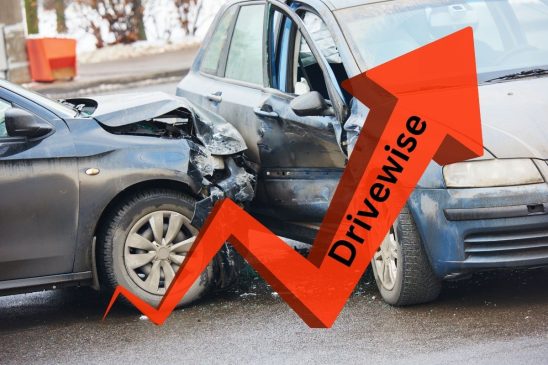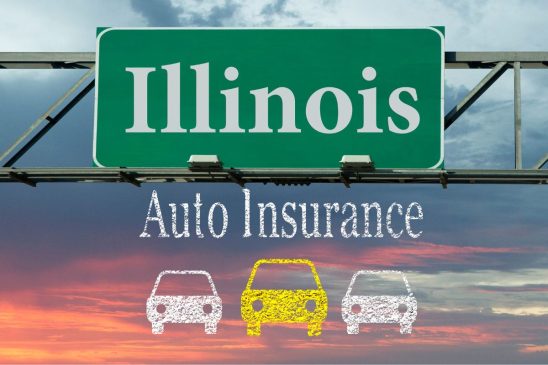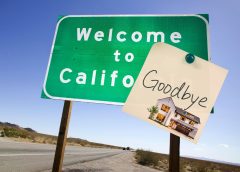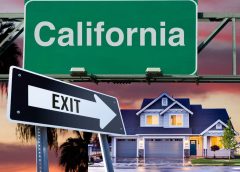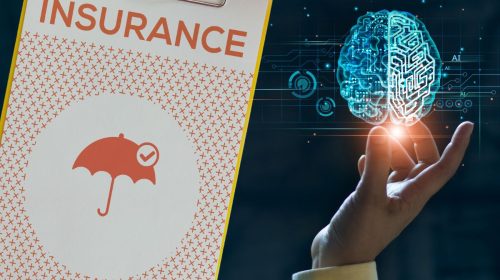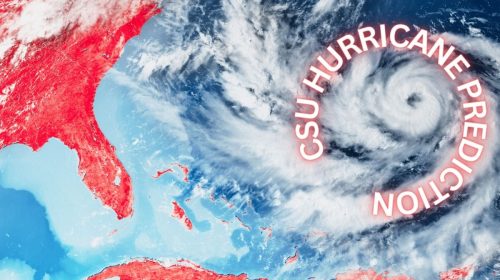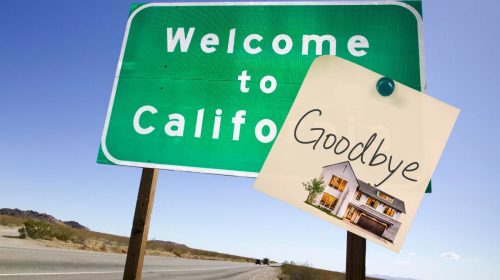Amid the state’s coverage crisis, there is debate regarding the size of the reductions for fortified roofs. Louisiana homeowners who have taken on the added expense of fortified roofs are finding that the insurance discounts they receive aren’t nearly as high as they would have expected. Fortified roofs are often expected to make coverage cheaper Homeowners across Louisiana have found themselves facing repairs again and again as the state is hit with major hurricanes over the years. From Katrina to Ida, some homeowners chose to try to kill two birds…
Read MoreAI insurance technology appeals to execs but not underwriters
The industry – like many others – is looking at artificial intelligence and machine learning While the industry is very aware of new insurance technology such as artificial intelligence and machine learning to improve, not everyone is ready to take it on as a part of their workday. Execs are more enthusiastic about AI than underwriters Executives see the potential in the benefits of insurance technology that includes artificial intelligence and machine learning when introduced into workflows. That said, less than half (43 percent) of underwriters have the same opinion…
Read MoreFlow Specialty Emerges from Capitola Insurance Rebrand with New Leadership and Enhanced Capabilities
Backed by Munich Re Ventures and Lightspeed Venture Partners, the newly rebranded Flow Specialty (formerly Capitola Insurance) sets a new standard in the specialty wholesale insurance market. Integrating human expertise with advanced artificial intelligence (AI), Flow Specialty offers faster quotes, transparent communication, and reduced costs, providing unmatched service and access to premier markets. Enhanced Offerings for a Dynamic Industry Flow Specialty tailors its solutions to meet the unique needs of retail agents and carriers with a focus on: Professional Liability Insurance: Broad access across various markets catering to companies with challenging renewal…
Read MoreCSU Predicts Intense 2024 Hurricane Season: Impact on Florida Insurance
In a recent release by Colorado State University, the upcoming Atlantic hurricane season is projected to be exceptionally aggressive. Experts are forecasting 23 named storms, setting it significantly above the 30-year average of 14.4, and foreseeing five major hurricanes, surpassing the average of 3.2. Season Start and Its Implications The hurricane season, beginning on June 1, aligns precisely with the reinsurance renewals period in Florida, casting uncertainty over the potential ramifications on reinsurance rates in the region. This timing has sparked an industry-wide discussion on how the forecast could shape…
Read MoreTwo more insurers stop selling California home insurance
The state’s coverage crisis appears to be getting worse as two more insurers have stepped away. Two more home insurance companies have announced that they have ceased selling home insurance to new applicants in California. According to the insurers, the reason for its decision is that wildfire risk and construction costs have risen too high. The insurers are small but are part of a growing trend Trans Pacific Insurance Co. and Tokio Marine America Insurance Co. have both announced that they will not accept new applicants for home insurance in…
Read More

